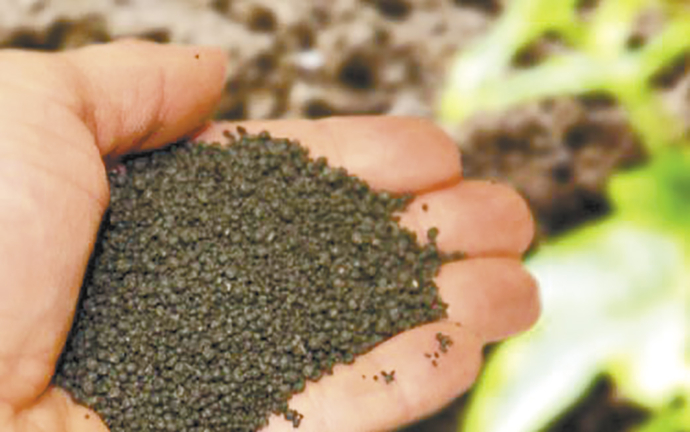Fertilizer is important, whether growing houseplants, container plants, or a garden.
Before you get started, you can check your soil using a simple test kit. If you contact your local Cooperative Extension office, they will send you a test kit (approximately $10). Our local Cooperative is the Penn State Extension. Their web address is https://extension.psu.edu/lycoming-county. The Cooperative Extension System is sponsored by the United States Department of Agriculture and aims to provide information to the public on a wide variety of topics.
Start by collecting a sample of your soil, then mail it back for analysis. Your Cooperative Extension will determine your soil’s pH level and nutrients, and give advice based on what you are planting. To read more about the Cooperative Extension System, you can visit https://nifa.usda.gov/cooperative-extension-system.
The three ingredients that will make up fertilizer are nitrogen, phosphorus, and potassium. The percentage of each will be listed on the bag, for example (10-10-10).
The first percentage will be nitrogen, which is needed for plant growth. Too much nitrogen can cause plants to grow too fast, become susceptible to diseases, and lose strength in the stem, resulting in the inability of the plant to produce fruits or vegetables.
Phosphorus, the 2nd percentage listed, plays a role in photosynthesis and the transfer of energy the plant needs to grow.
The 3rd percentage listed is potassium, which I feel this is a key ingredient to a good fertilizer. This gives the plant strength and protection and can help to increase the amount of fruit or vegetables grown.
Fertilizer is available in synthetic, natural, and organic.
Synthetic fertilizers are man-made, inorganic compounds made from chemicals that can be harmful to other plants or water sources in the area. Most people like to use synthetic because it is fast-acting, less expensive, and has a specific ratio of ingredients. If you choose to use a dry or granular fertilizer, I recommend a 5-10-5 or 10-10-10; these are a great all-around fertilizer. Some companies also make liquid synthetic fertilizers for specific plants. For example, you can buy fertilizer designed specifically for tomatoes, which contains the ideal combination of nutrients to give the tomato plant what it needs to grow and produce the best tomatoes possible. I have used these types of fertilizers in the past, but now I choose to use organic products if possible.
Natural fertilizers can be expensive, depending on what you choose. My favorite natural fertilizer is Milorganite. If you shop for this, you know that it may be very difficult to find. I can usually find this at my local hardware store, Elery W. Nau, in Montoursville. I use this product on my lawn. Milorganite is a slow-release fertilizer, so it is best always to apply it throughout the growing season. Milorganite does have a low odor to it but nothing overpowering. If you choose other natural fertilizers, please keep in mind the ingredient percentages as well, just like in synthetic fertilizers.
One additional fertilizer I would like to mention is cow manure. Cow manure is made up of digested grass and grains and contains nitrogen, phosphorous, and potassium. The nutrients in cow manure would be about 3% nitrogen, 2% phosphorus, and 1% potassium. I apply this in small amounts during the fall and then turn the soil over so that it has time to break down during the winter months. The one major downside when using manure is that you may end up with some grasses growing in your garden next year.





Leave a Comment
Your email address will not be published. Required fields are marked with *